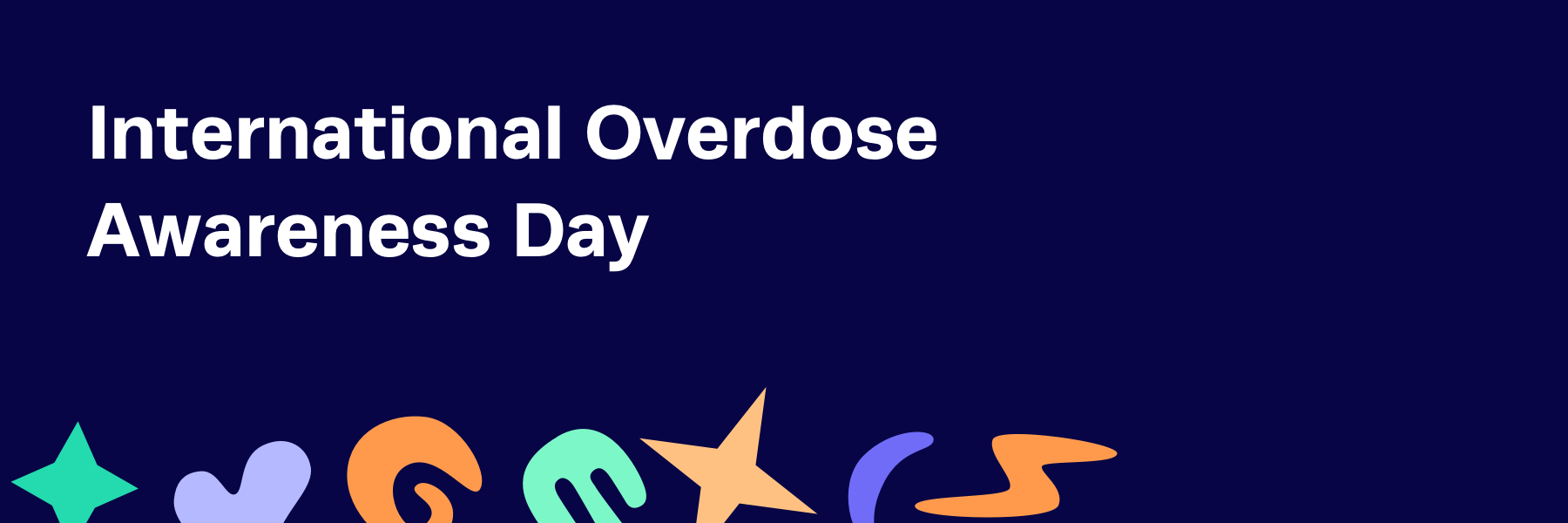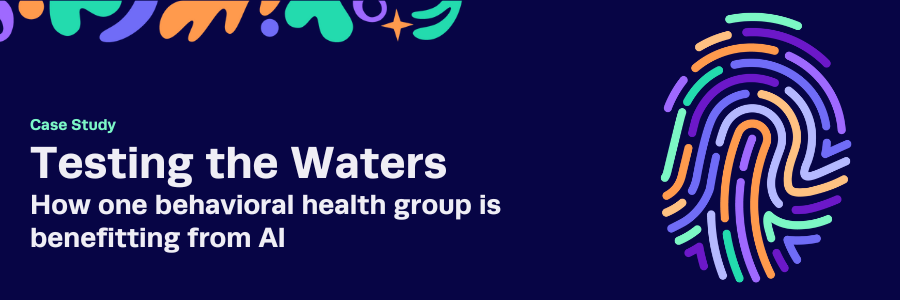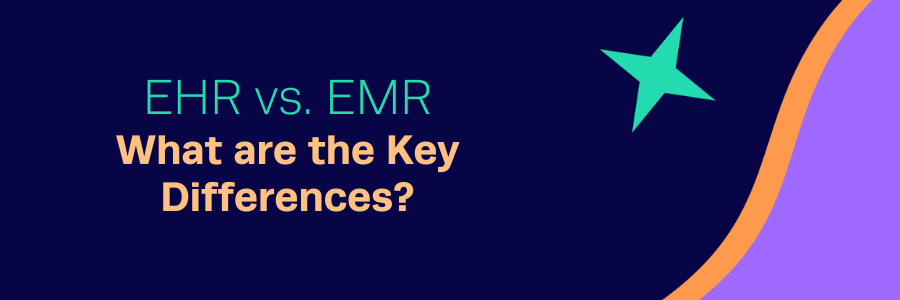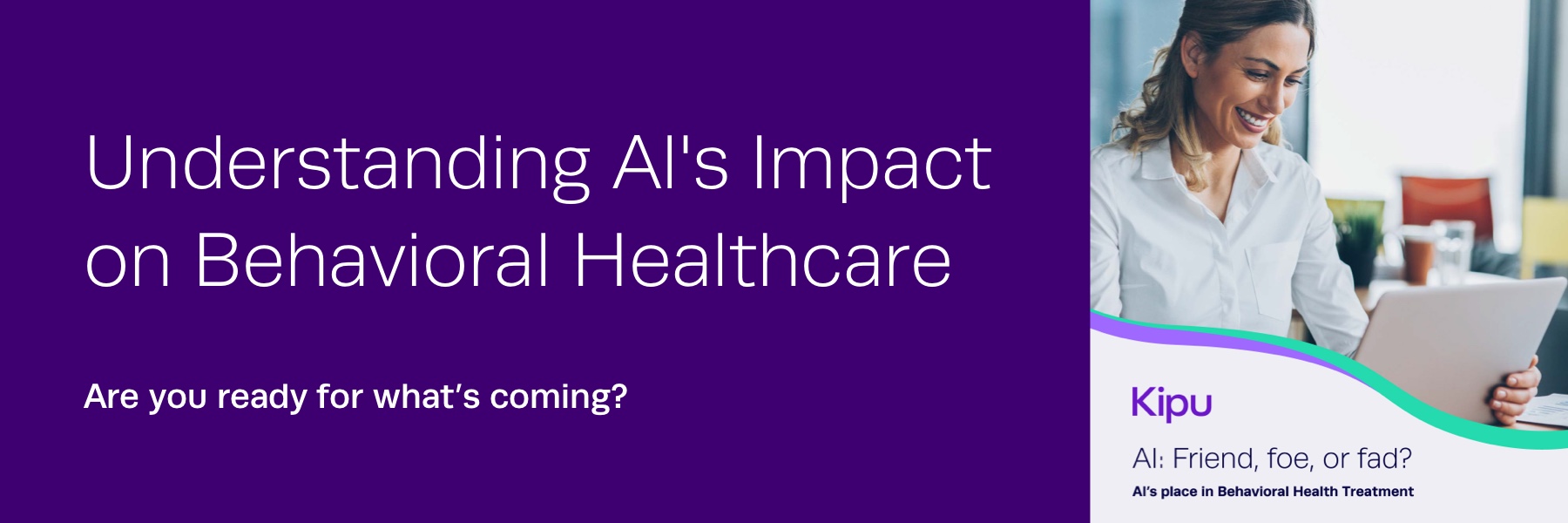August 31st is International Overdose Awareness Day, which will lead us right into National Recovery Month in September. This year, SAMHSA is designating the month for us to “Join the Voices for Recovery: Celebrating Connections.” Considering the unprecedented time we’re living in, human connection has never been more important and harder to reach. I’ve received dozens of emails from people expressing the need for human connection, and I can’t help but wonder why we aren’t talking more about this and making the necessary changes. This need hits home for me as well, given my experience with addiction in my family. I know, from personal experience, what this disease can do to people and their families.
International Overdose Awareness Day (IOAD) began in Melbourne, Australia in 2001, and today it has become a global campaign. This year marks the 20th anniversary of the start of this effort (#IOAD2020), and it could be the year that we increase awareness of overdoses and finally reduce the stigma of drug-related deaths. I hope this year compels us all to have an open discussion about evidence-based overdose prevention and drug policy. So, let’s start with the basics. What is an overdose? An overdose means taking more of a drug, or combination of drugs than your body can handle.
Which Drugs Can Cause an Overdose?
Many people don’t realize that overdoses can result from any of the following:
- Alcohol
- Acetaminophen
- Opioids
- Amixture of drugs, including prescription medication prescribed by a doctor.
Knowing the right amount and the right time to take your medication based on your doctor’s prescription could prevent overdoses.
What We Know About Overdoses
In January 2017, the Centers for Disease Control (CDC) estimated that the number of people in the USA who had died from an overdose in the 12-month period prior to January 2017 was 64,070. By 2018, the CDC reported that 67,367 drug overdose deaths occurred in the United States. The age-adjusted rate of overdose deaths decreased by 4.6% from 2017 (21.7 per 100,000) to 2018 (20.7 per 100,000). Opioids—mainly synthetic opioids (other than methadone)—are currently the main driver of drug overdose deaths. Opioids were involved in 46,802 overdose deaths in 2018 (69.5% of all drug overdose deaths). Two out of three (67.0%) opioid-involved overdose deaths involve synthetic opioids.
In the same year, the states with the highest rates of death due to drug overdose were West Virginia (51.5 per 100,000), Delaware (43.8 per 100,000), Maryland (37.2 per 100,000), Pennsylvania (36.1 per 100,000), Ohio (35.9 per 100,000), and New Hampshire (35.8 per 100,000). These numbers paint a very bleak picture. It pains me to know that the numbers are rising when we know that there are resources out there to treat these individuals and help them get on a path to a healthy life.
According to the World Drug Report 2019, North America continues to experience the highest drug-related mortality rate in the world, accounting for 1-in-4 drug-related deaths globally. In a nutshell, we’re not doing so well in managing this.
We know that drug addiction is a disease that does not discriminate. However, for some reason as a society, we fail to address the opioid epidemic as a chronic illness that needs clinical care. Drug addiction shares so many similarities with other chronic illnesses:
- A tendency to run in families
- An onset and course that is influenced by environmental conditions and behavior
- The ability to respond to appropriate treatment, which may include long-term lifestyle modification
To help explain why addiction is a chronic illness, consider this: The first time individuals drink or takes drugs, they do so voluntarily, perhaps socially, thinking they can control it. Over time, they need more to achieve the same level of pleasure or satisfaction as when they first started, and then eventually it can turn into a regular activity. While all this is occurring, the brain also experiences significant changes, driving the compulsive and uncontrollable behavior that we know today as addiction.
How Addiction Works
We know that drugs interact with the limbic system in the brain to release strong feel-good emotions, affecting the individual’s body and mind. Our brains reward us when we do something that brings us pleasure, so picture the individuals who continue taking drugs to support the intense feel-good emotions the brain releases, thus creating a cycle of drug use and intense highs. Eventually, they take the drug just to feel normal. My point is, addiction doesn’t begin because of weakness or lack of will power to stop drinking or using, it occurs because the now altered brain begins to demand the substance. In addition, if we know that addiction responds to proper treatment, why don’t we treat it as such? If someone is diagnosed with diabetes, we treat it. If someone is diagnosed with cancer, we treat it. If someone is diagnosed with substance use disorder, as a society, we first judge, then we analyze, and then we consider treatment.
How is that a solution? We have evidence that proves that substance use treatment works and can enable those suffering from the disease to live healthy and rewarding lives. Substance use disorder is, indeed, a chronic treatable disease. Plain and simple.
National Recovery Month
As we enter National Recovery Month, let’s remind ourselves of the vast array of tools we have around us to get back on a path to health. Recognizing someone who needs help is key. Connections matter and our “village” is a key element in recovery.
I believe strongly that recovery is attainable. I’ve seen it with my own eyes through family members and friends as well as clients. I know the journey isn’t always easy, for the addict or the family around them, but when all the resources come together, it’s absolutely possible. SAMHSA is a great starting point and provides an extensive list of resources and referral information. Individuals in recovery need their friends, family, and treatment teams to succeed. Treatment – the right treatment – is key to recovery. In the coming days, let’s please take a moment to reflect on what addiction and recovery really mean. Let’s continue the conversation to de-stigmatize addiction: it’s clinical, not voluntary. Have open conversations about the path to recovery and finding the right treatment. Find out if your treatment center offers group therapy, employs the right programs, offers long-term support through aftercare, and utilizes the software and tools to ensure successful outcomes. Be a resource to those in need, be a part of the “village”.
Together, we are strong, resilient, and we can recover. Contact Kipu today at 561.349.5901 to learn more about our cloud technology for addiction treatment.
References
International Overdose Awareness Day https://www.overdoseday.com
SAMHSA https://www.samhsa.gov



